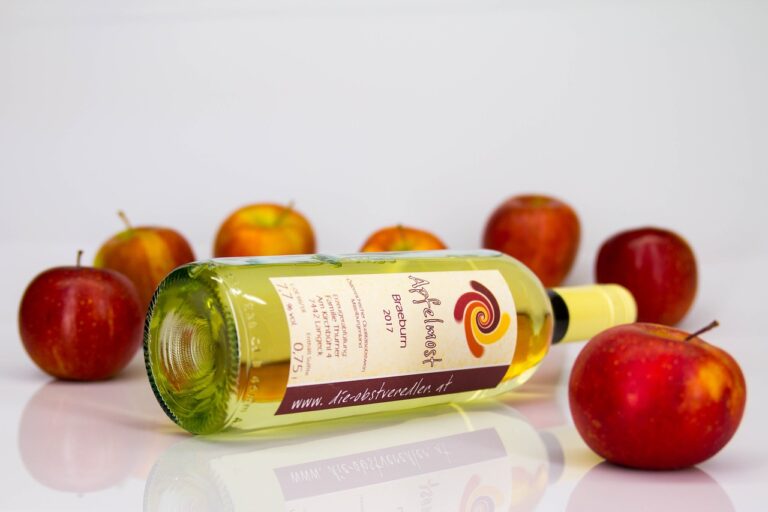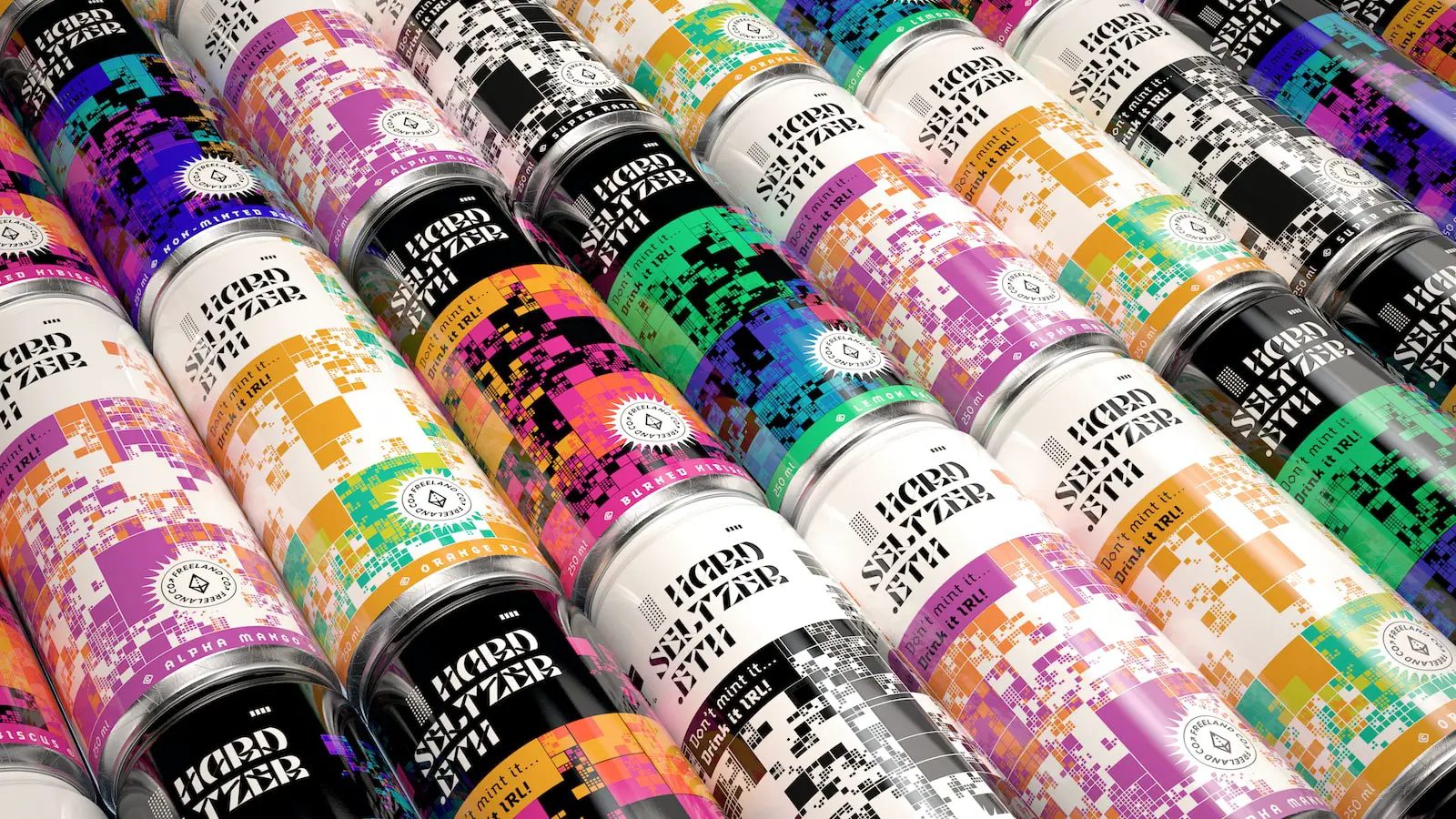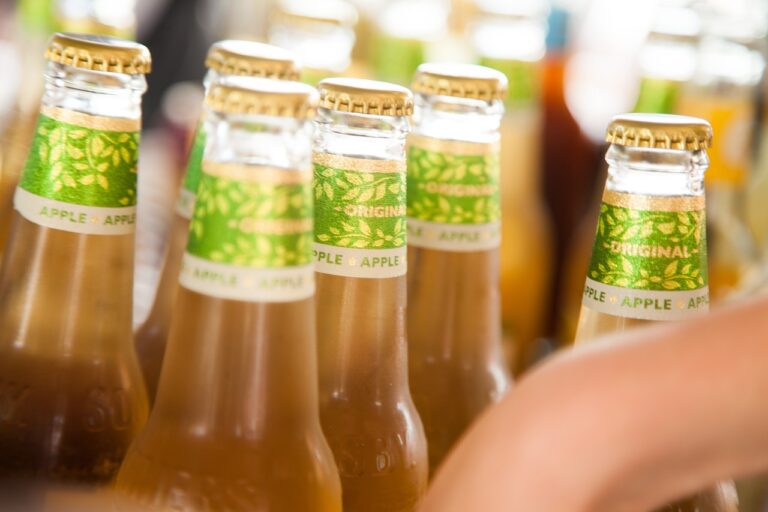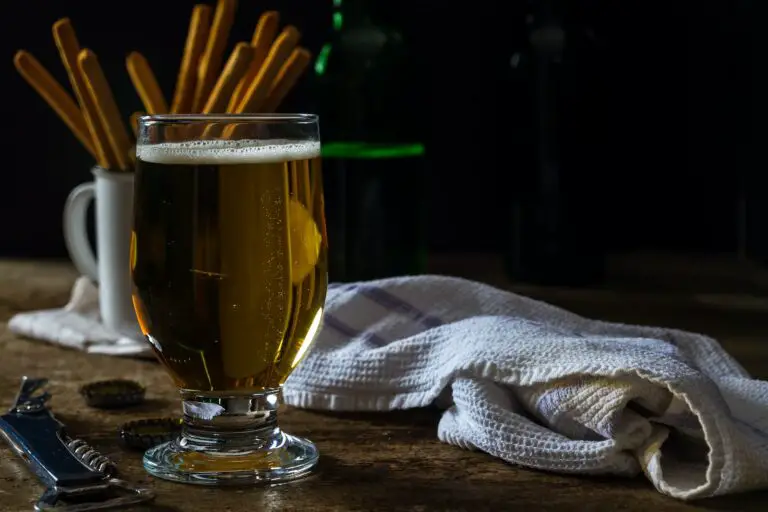Have you ever poured yourself a nice, cold lager only to find that it’s gone flat before you’ve had a chance to enjoy it? It can be a frustrating experience, especially when you’re looking forward to sipping on a refreshing beer after a long day.
But why does this happen? Why does lager go flat when poured into a glass? In this article, we’ll explore the science behind carbonation and the various factors that can cause your lager to lose its fizz. So, grab a cold one (while it’s still bubbly), and let’s dive in!
Why does lager go flat?
Let’s get straight to the point!
There are several reasons why lager goes flat in a glass. The first is the release of carbon dioxide (CO2) gas. When lager is brewed, yeast is added to the mixture, which produces alcohol and CO2.
When beer is poured into a glass, the CO2 is released into the air, causing the beer to lose its carbonation and go flat.
What is the effect of temperature on this factor?
The answer is Yes! When beer is served too warm, the CO2 is released faster, causing the beer to lose its carbonation quickly. On the other hand, if the beer is too cold, the CO2 will be retained in the liquid, which will slow down the release of the gas.
What is the effect of glass on the lager being flat?
Yes, glass can make beer flat. When beer is poured into a glass, it releases carbon dioxide bubbles, which give it its characteristic fizziness.
However, if the glass is dirty or has residue from soap or other cleaning agents, it can interfere with the formation of bubbles and cause the beer to go flat.
So, it’s important to ensure that your glass is clean and free from any contaminants before pouring your favorite brew!
So which type of glass is suitable for lager? The type of glass commonly used for lager is Pilsner glass. Its tall, slender shape helps showcase the beer’s color and clarity while maintaining its head.
Interestingly, the shape of a glass can affect the release of a beer’s aroma, which can impact how we perceive its flavor.
So, the next time you enjoy a cold lager, take a moment to appreciate the glass and how it might be enhancing your drinking experience!
Why does a cold glass cause the beer to go flat once it warms?
A cold glass of beer goes flat when it warms up because the carbon dioxide molecules that give it its fizziness become less soluble and escape from the liquid. As a result, beer loses its bubbles and tastes flat.
So, make sure to drink your beer before it warms up to enjoy it at its best!
Is carbonation affected by the type of lager?
Yes, the type of lager can affect its carbonation. Some lagers, such as Pilsners, are highly carbonated, while others, such as Bocks, are less carbonated.
The brewing process can also affect the carbonation level of the beer. For example, some breweries will artificially carbonate their beer by adding CO2 to the mixture.
This can result in a beer that is overly carbonated and prone to going flat quickly.
What is in the bottom of a lager glass?
At the bottom of a lager glass, you might find a small amount of sediment or yeast that has settled out of the beer. While it may not look very appealing, it’s a sign that the beer has been naturally carbonated and unfiltered.
So, next time you see some sediment at the bottom of your glass, embrace it as a mark of a well-crafted and flavorful brew!
Another common question is: Should lager be drunk directly from a can or poured in a glass?” Well, it’s your choice. Some people argue that drinking lager from a glass allows for a better aroma and taste experience, while others prefer the convenience and portability of drinking from a can.
You can decide what you love. Just make sure to pour your lager correctly into a glass if that’s your preference, as it can greatly enhance the overall drinking experience.
Is flat lager safe to be drunk?
Yes, flat lager is generally still safe to drink, although it may not taste as good as a freshly carbonated beer. Just be sure to check the expiration date and look for any signs of spoilage before consuming any beer.
If you wish to re-carbonate your lager, unfortunately, once the lager has gone flat, it’s difficult (if not impossible) to re-carbonate it at home. The best way to prevent your beer from going flat is to store it correctly and pour it carefully to preserve the carbonation
What are the factors that help you determine that Lager has gone flat?
It’s easy to tell if lager has gone flat. The beer will have a flat, dull taste and a lack of fizz. You may also notice that there is little to no head on the beer when poured. If you suspect that your lager has gone flat.
What are the preventive measures to stop the lager going flat?
Now that we know why lager goes flat let’s look at some ways to prevent it from happening.
One of the easiest ways is to pour the beer properly. When pouring a lager, tilt the glass at a 45-degree angle and pour slowly down the side of the glass.
This will help to minimize the release of CO2, which will keep the beer carbonated for longer.
Another way to prevent lager from going flat is to serve it at the proper temperature. The ideal temperature for lager is between 38-45°F. If the beer is too warm or too cold, it will lose its carbonation quickly.
You can also try keeping the beer in the refrigerator until you’re ready to drink it to maintain its carbonation.
Lastly, make sure to use the right glassware. The shape of the glass can affect the release of CO2.
For lager, tall, narrow glass is best because it will help to retain the carbonation. Avoid using wide, shallow glasses as they will cause the beer to lose its carbonation quickly.
Final Words
Trying it all together, there are several reasons why lager can go flat in a glass. From improper pouring techniques to the carbonation level of the beer itself, many factors can impact the quality of the pour.
However, by following the tips and tricks outlined in this article, you can ensure that you always enjoy a perfectly poured and deliciously carbonated lager. So next time you pour yourself a glass of lager, take a moment to appreciate the art and science behind the perfect pour. Cheers!









